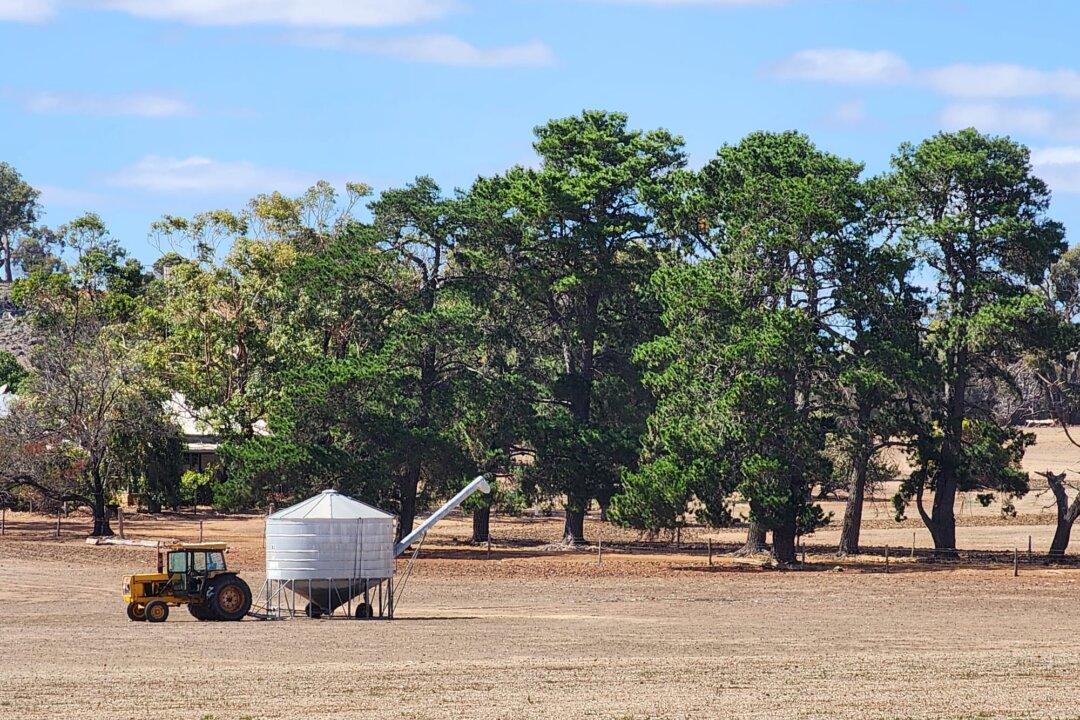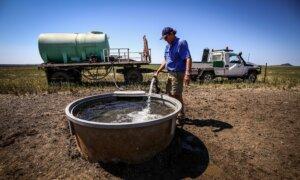The national median price for Australian farmland rose by 201 percent at a compound annual growth rate (CAGR) of 11.6 percent over the past decade, surpassing the 20-year CAGR of 8.4 percent.
Although the national median price increased by 6.4 percent in 2023 to $9,575 per hectare, it marks the second-lowest year of growth across 10 years.
“It is clear that the market has changed from two or three years ago when unprecedented growth in values was occurring,” said Rural Bank Head of Agribusiness Development Andrew Smith.
“The key drivers of farmland values look set to remain in a holding pattern in 2024. It is increasingly likely that the market will now see a plateau in farmland values.”
Mr. Smith believes a firm but not rampant demand accompanied by ongoing constrained supply will hold farmland values near current high levels.
Western Australia is at the helm of farmland value progress, exhibiting a median price growth of 32.6 percent in 2023, boasting a five-year CAGR of 25.6 percent, according to the report.
New South Wales follows with a median price hike of 15.8 percent, while Victoria places second in CAGR increase with 17.2 percent.
The remaining states followed the 5 percent national growth trend in 2023, signifying a slowdown in growth from the 22 percent to 35 percent recorded rates in 2022.
Agriculture Market In a Trough
However, all agricultural commodity prices plummeted by 36 percent by October 2023.Between October 2022 and October 2023, the livestock price index dropped by 58 percent, hampering farmland demand in grazing regions as confidence in the industry eroded.
Meanwhile, the crop price index fell by 4 percent, which was 15 percent lower than the peak in May 2022.
Generally drier conditions in Australia also disrupted farmland demand, contributing to a 30 percent decline in winter crop production compared to 2022 values.
While summer rainfall and neutral climate settings improved sentiments for the year, it does not necessarily equate to a strong demand for land purchases. However, this could release some pressure on landholders to sell farmland.
The Reserve Bank of Australia’s additional increases to the official cash rate also affected demand for farmland.
Buyers’ purchasing decisions were affected by the continuous interest rate hikes across 2023. They saw a final increase to 4.35 percent in November 2023, the highest since November 2011.
According to Rural Bank’s outlook for the year, commodity prices, seasonal conditions, and interest rates are anticipated to maintain a balanced supply and demand while supporting the decline in farmland values in 2024.
“As a result, values are expected to proceed through what we see as a period of stability as farm businesses focus on consolidation after recent years of expansion,” Mr. Smith concluded.
In 2023, farmland transactions equated to six million hectares of land, totalling $14.5 billion.
“Key recommendations include investing $1 billion over four years into regional infrastructure to enhance Australia’s international freight supply chains and $2 billion over four years to support complementary measures in the Murray-Darling Basin,” National Farmers’ Federation President David Jochinke said.
“Agriculture has shown a million times over it is a powerhouse in the Australian economy, and by supporting the industry, the government can help ensure the sector underpins the success and resilience of Australia for decades to come.”






